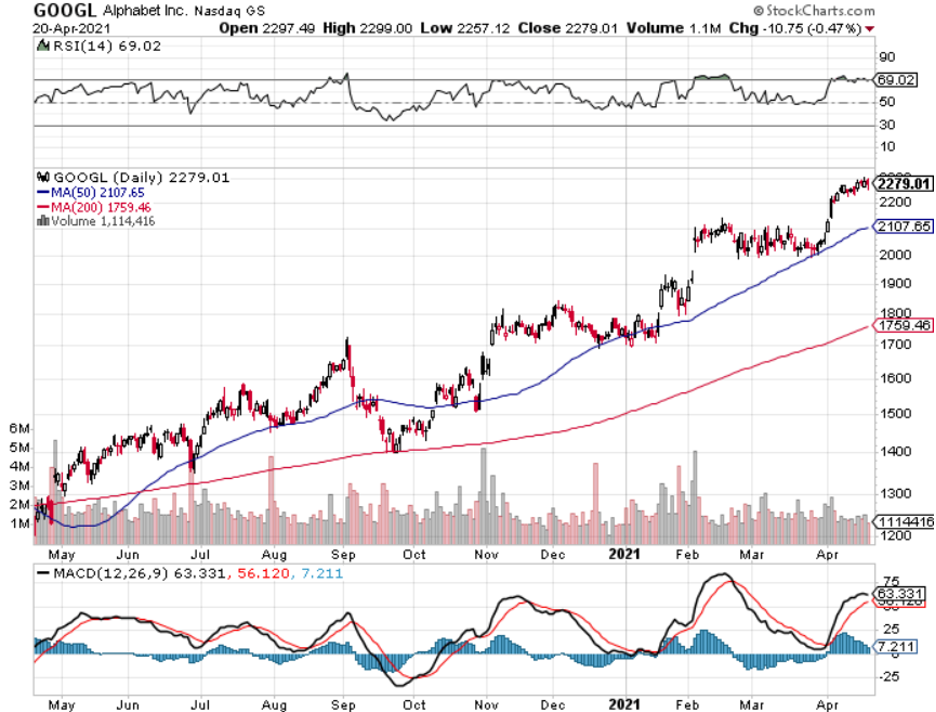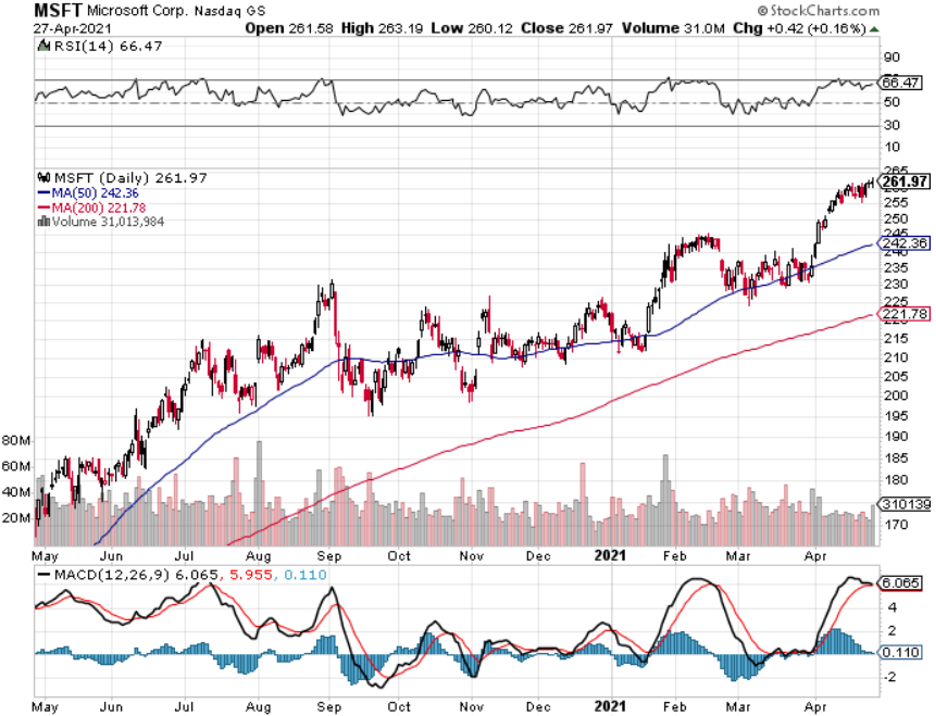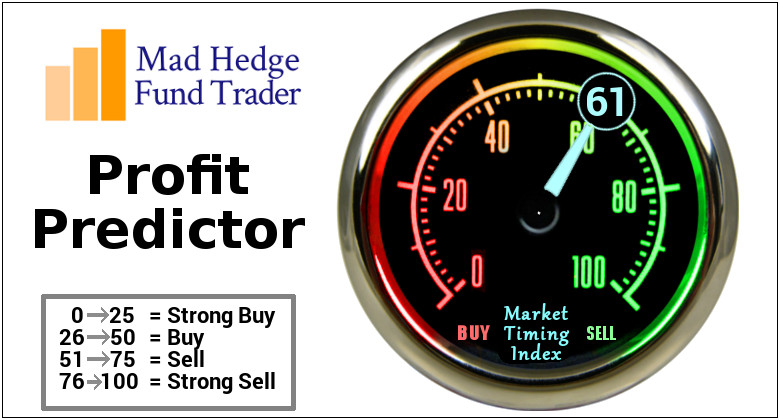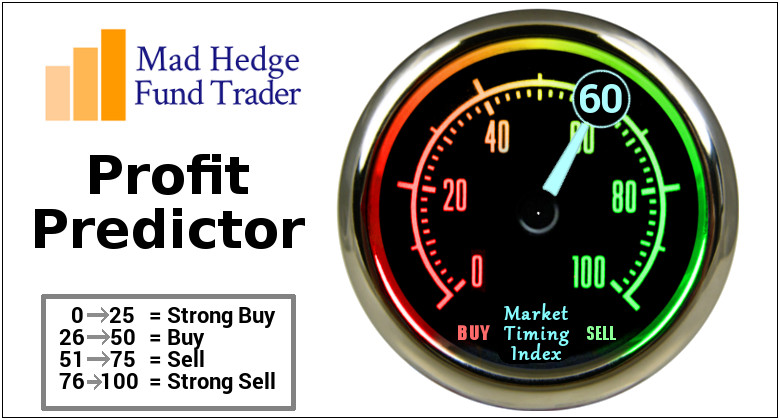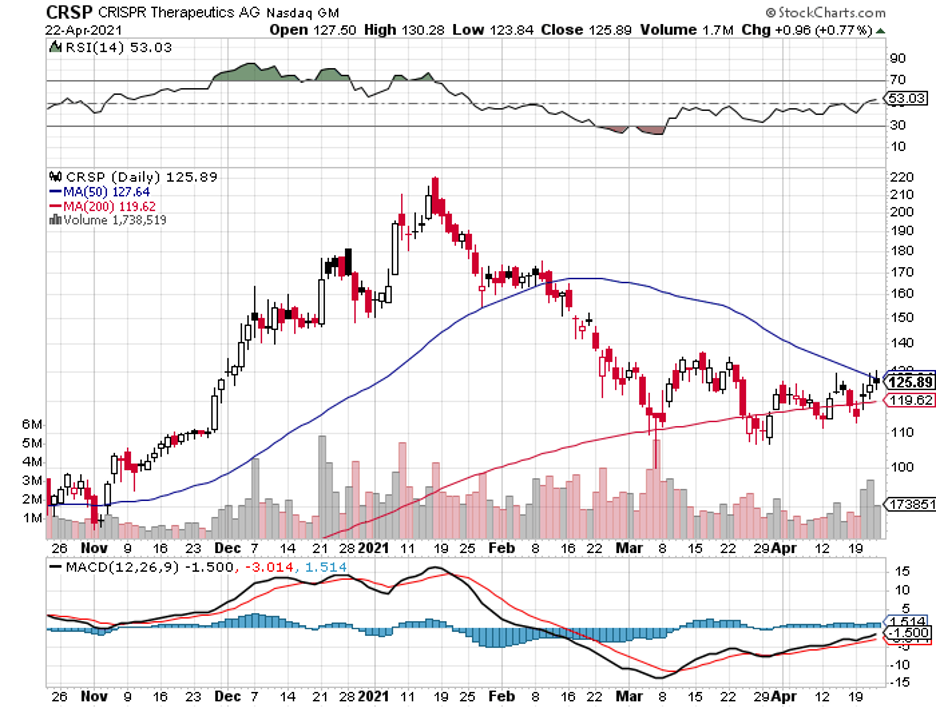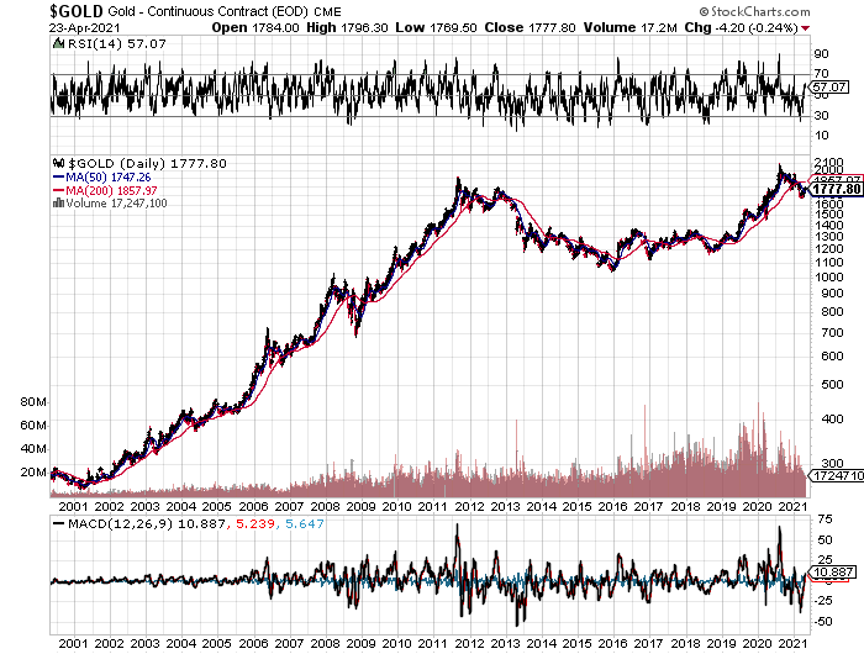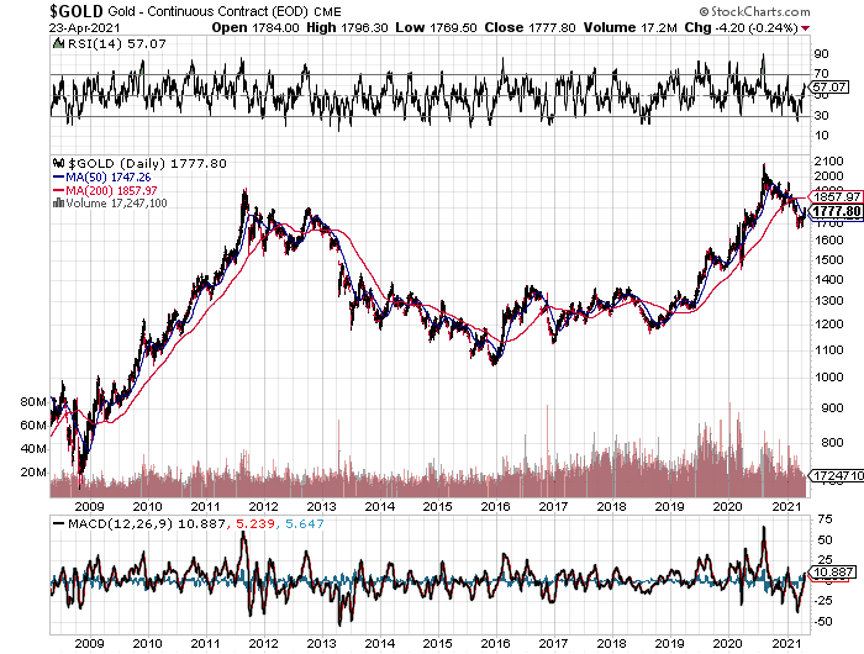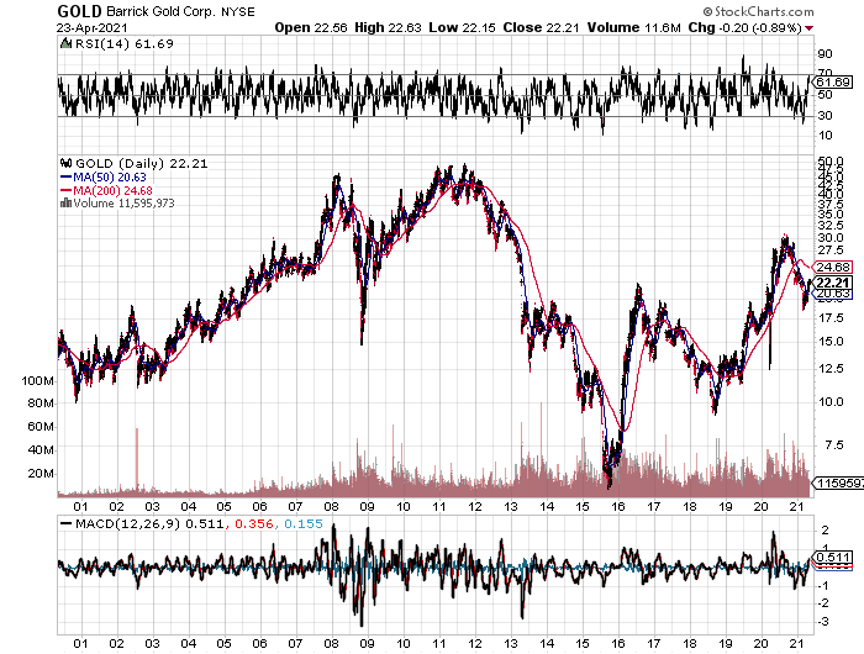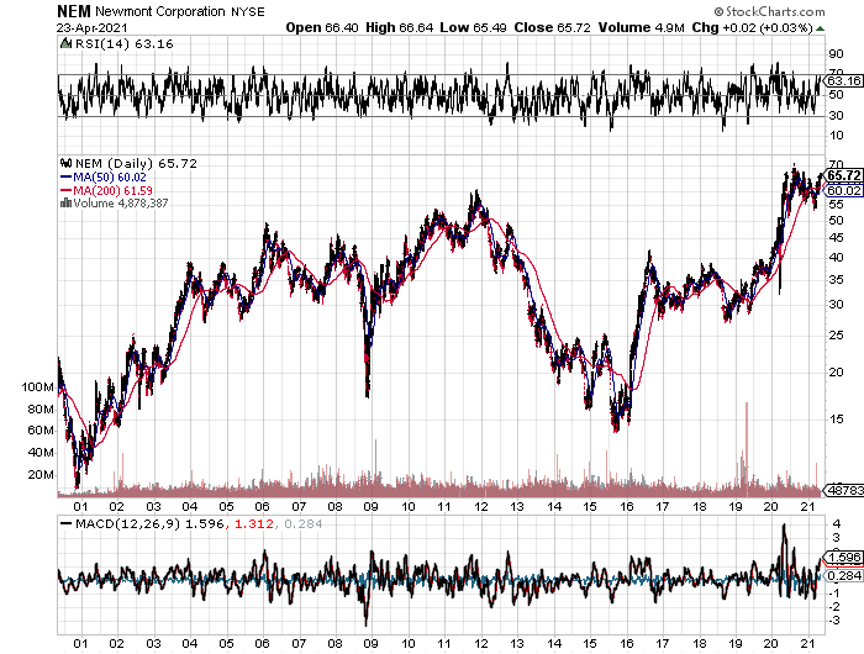A company that did $182 billion of annual revenue last year expanding first quarter revenue at a 34% clip year-over-year is something that is hard to contemplate; but that is how big the big have gotten, and at the top of the heap is Alphabet (GOOGL).
Expect similar type of earnings reports from Amazon (AMZN).
The 4 tech firms of Alphabet (GOOGL), Apple (AAPL), Microsoft (MSFT) and Tesla (TSLA) were in perfect strategic position going into the public health crisis, and now we find ourselves almost at the climax of it, they are validating their current position in 2021 as companies that flourished through the pandemic and now find themselves with only green pastures in front of them.
Google has said it operates in a “competitive market place” but I do not know anyone who uses an internet search service that isn’t named Google.
It’s like trying to live in China without using Wechat, Alibaba, and Baidu.
We are talking about services that perform like utilities.
Just analyze consumers’ behavior during the onslaught of the public health crisis.
Their first reaction was to delegate these important moments to Google Search.
Billions of searches every day for “COVID” and related health information took place.
At the same time, people started to job search on Google as million lost their jobs and these unemployed first reaction was to do a google search on unemployment benefits and where they could find a job.
To help them, job seekers can now use Search quickly and easily find roles that do not require a college degree and Google is working together with the top employment websites to make the service even better.
And if you thought the reach of Google stopped there, then what about when not searching for jobs or health solutions on Google search.
Well, first, food delivery searches on Google, then, conveniently, since lockdowns pervaded the world, YouTube’s video streaming had its best year.
Users continue to find all types of informational content, from educational videos to podcasts on YouTube.
In fact, according to a recent study conducted by Ipsos, 77% of respondents say they used YouTube during 2020 to learn a new skill.
YouTube Shorts, Google’s TikTok imitation service, continues to gain popularity with over 6.5 billion daily views as of March, up from 3.5 billion at the end of 2020.
The financial metrics backed up the popularity in YouTube with YouTube advertising revenues of $6 billion, up 49%, driven by exceptional performance in direct response and ongoing strength in brand advertising.
Network advertising revenues of $6.8 billion, up 30%, driven by AdMob and Ad Manager.
What if you don’t have a device to watch YouTube or search on Google Search for jobs and food delivery?
Easy answer, buy a Google device.
Other revenues were $6.5 billion, up 46%, primarily driven by growth in Play and YouTube non-advertising revenues, followed by hardware, which benefited from the addition of Fitbit revenues. Google Services operating income was $19.5 billion, up 69%, and the operating margin was 38%.
Google has you covered.
Then what about the people who have jobs and need a cloud to store their files.
Google’s Cloud segment, including GCP and Google Workspace, revenues were $4 billion for the first quarter, up 46%.
GCP's revenue growth was again meaningfully above Cloud overall. Strong growth in Google Workspace revenues was driven by growth in both seats and average revenue per seat.
Google has that covered as well and fusing their cloud operability with Google’s suite of services like Gmail has been reliable for many work from home workers.
This company has covered all their bases and they were doing this before the public health crisis.
Alphabet currently has $1.55 trillion of market cap, but this is easily a $2 trillion company on its way to $3 trillion with no headwinds in sight.
I wouldn’t even call regulation that big of risk and obviously investors keep piling into this stock because they know that even if Google gets broken up, each individual part will be worth more unpacked as a single service because they are the best of breed already.
Microsoft and Alphabet are the two companies vying for the best and most powerful in the world.
At, $1.97 trillion in market cap, Microsoft is more expensive than Google because even though they both earn over $40 billion in profits per year, Microsoft makes that on 27% less revenue than Alphabet which is why they have a higher premium.
Microsoft is more efficient than Alphabet, but again, if Alphabet is broken up, watch for efficiency metrics to skyrocket as each individual business isn’t hindered by the bureaucracy that has turned into how Google operates.
If Alphabet can inch up the margin story, they will be a $2 trillion company and $3,000 stock by the end of 2021.

